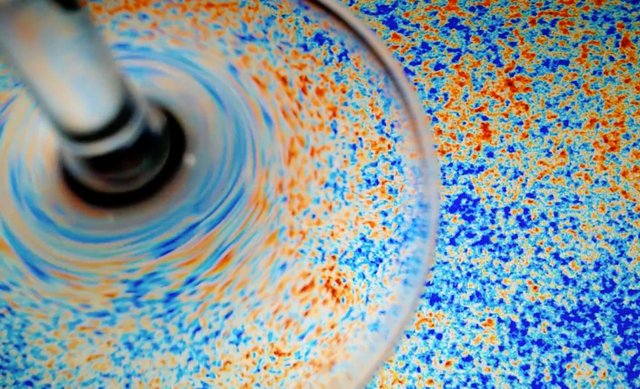Viewing the Universe Through a New Lens

When attempting to map out the universe, one of the most valuable resources at the disposal of researchers is the cosmic microwave background, CMB. CMB is the first form of electromagnetic radiation, as prior to the recombination era, the point at which the universe had cooled enough to allow electrons and protons to combine into hydrogen atoms, the entirety of the early universe was composed of opaque plasma comprised of both energy and matter.
Learning from the CMB is not as easy as simply viewing it directly. There are distortions, called lensing, in it caused by the gravitational wells of galaxies and galaxy clusters. The closer the distance and the greater the gravity of the object, the more intense the resultant distortion of the CMB. The distortion also depends on where the viewed object and the distorting object are relative to one another, from the side and a sheared double image may occur, however, directly in front and an Einstein ring can occur as the light warps around the object to reach the observer (thanks to the more wave-like aspects of light).
A team studying the effects of lensing, found that by focusing on shear lensing, where-in the object is stretched in a single direction, they were able to render much more accurate results that were not thrown-off by temperature or other forms of foreground interference.
Read more: http://rsci.nl/kg0
Read more: http://rsci.nl/eq8
Image: Emmanuel Schaan & Simone Ferraro, Berkeley Lab
loved your post
Thanks :)
Congratulations @ribbitingscience! You have completed the following achievement on the Steem blockchain and have been rewarded with new badge(s) :
You can view your badges on your Steem Board and compare to others on the Steem Ranking
If you no longer want to receive notifications, reply to this comment with the word
STOP